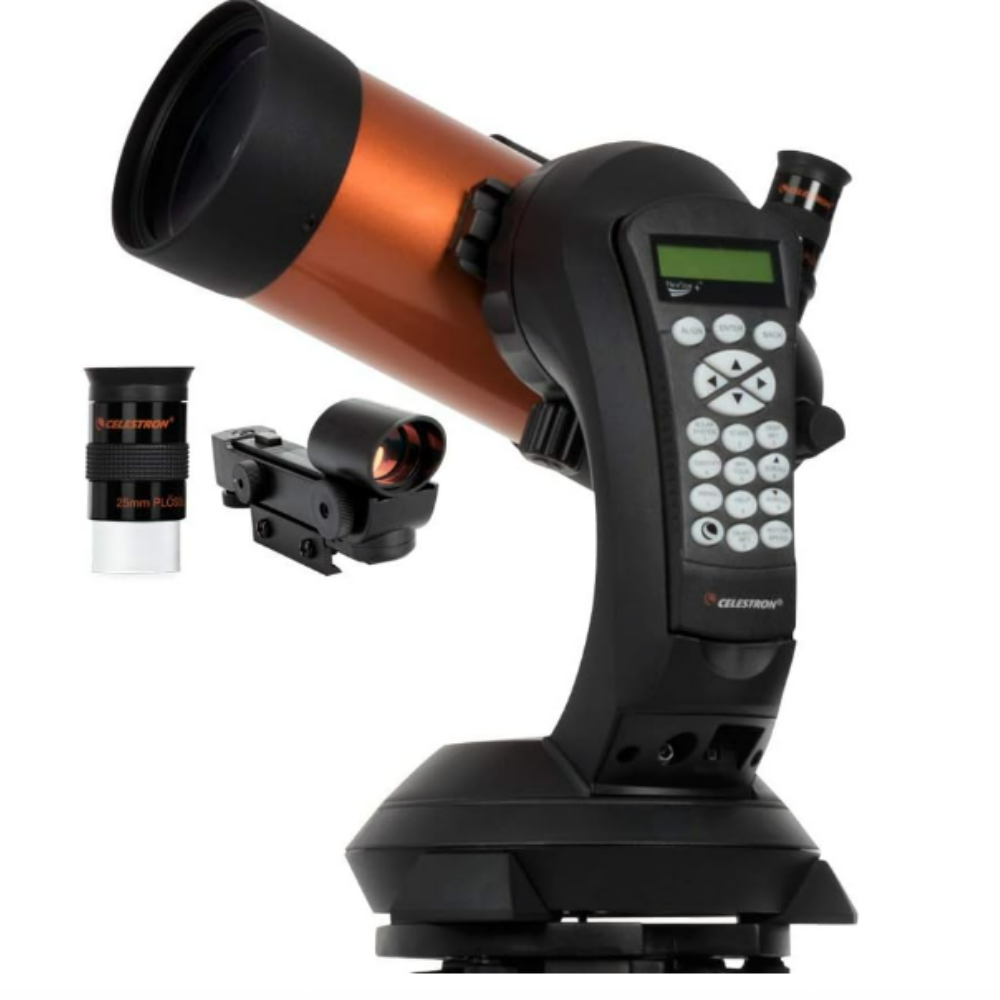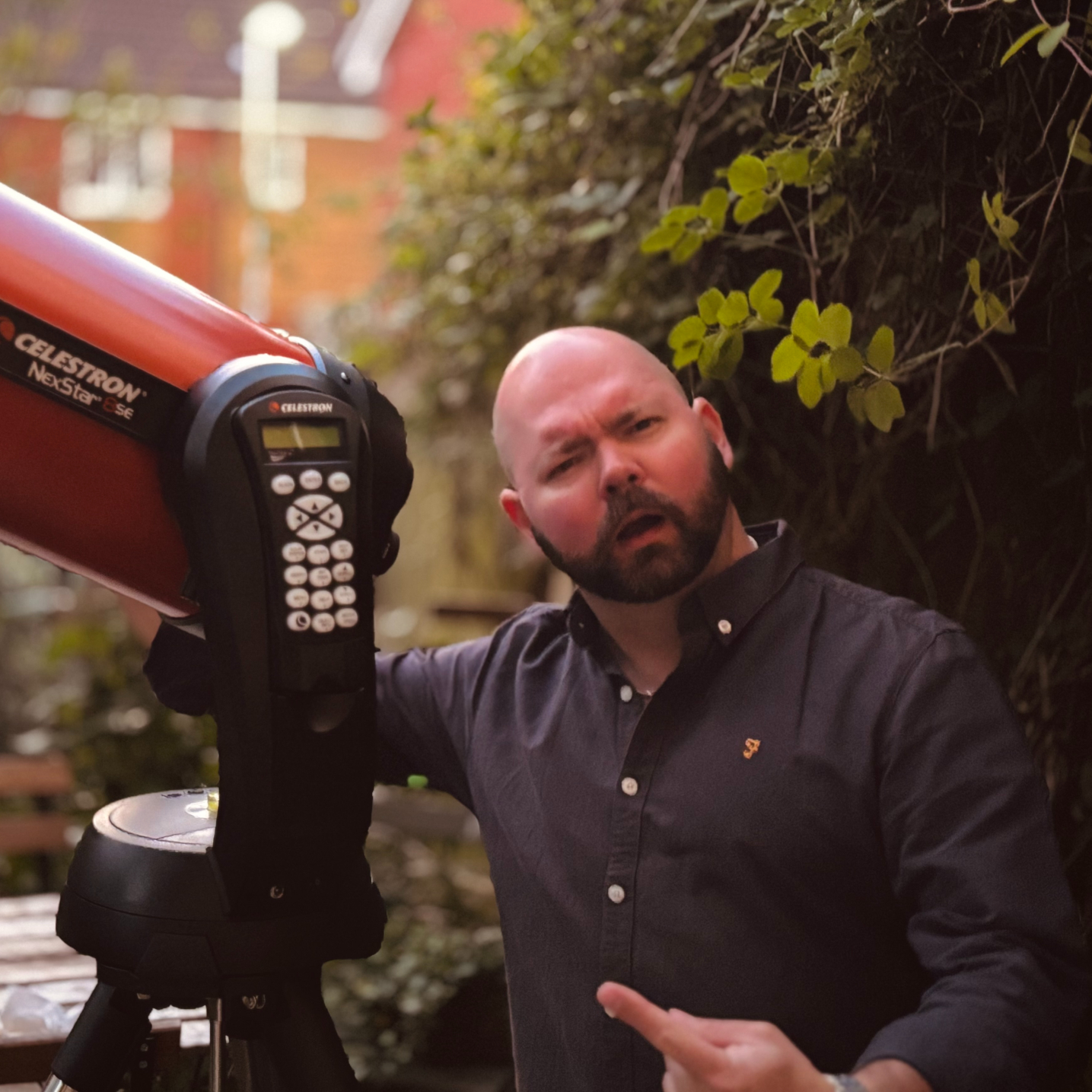A 'smiley face' will appear in the night sky tonight: Here's how to see it
The universe will smile back at us on May 29, thanks to an uncanny cosmic alignment

A crescent moon will appear alongside the bright stars Castor and Pollox to form a lopsided grin in the night sky on May 29.
Skywatchers in the U.S. will find the cosmic smile hanging above the western horizon about 45 minutes after the sun has set — around this time, the brightest stars will become visible in the darkening sky. The moon's slender crescent will be located a little over 20 degrees above the horizon, taking the appearance of a lopsided grin. Castor (right) and Pollux (left) will be visible roughly 5 degrees above the shadowed lunar disk, forming the "eyes" of the celestial emoji.
Remember, an easy way to measure distances between celestial objects is to hold your upturned fist at arms length against the night sky. The space between your thumb and the other side of your hand will cover roughly 10 degrees.
Those in the U.S. will have a little over three hours to watch the universe smile back at us before the whimsical alignment slips beneath the horizon at around midnight local time. The times during which celestial bodies are visible varies based on location, so be sure to check out a reliable stargazing app to discover when they will be visible from your locale.

Looking to explore the wonders of the night sky for yourself? The Celestron NexStar 4SE is ideal for beginners wanting quality, reliable and quick views of celestial objects. For a more in-depth look at our Celestron NexStar 4SE review.
Regardless of where you're watching from in the northern hemisphere, the sparkling "eyes" of this cosmic visage will be the last part to set below the horizon. Castor and Pollux were named for twin deities in Greek mythology, according to the Encyclopedia Britannica, and represent the two brightest stars in the zodiacal constellation Gemini.
Pollux, named for the son of Zeus, is a red giant star with a brightness similar to Mars. It can be found shining to the upper left of Gemini's twin stars after sunset on May 29. Castor, meanwhile, isn't a single star at all — or even a double for that matter. No, this "star," named for Pollux's twin, represents a chaotic six-star system that shines less brilliantly compared to its sibling, keeping with its mythological counterpart's mortal heritage.
The moon's crescent will grow steadily larger in the runup to its first quarter phase on June 2, at which point half of its disk will be lit by direct sunlight from the perspective of Earth.
Breaking space news, the latest updates on rocket launches, skywatching events and more!
Editor's Note: If you capture a shot of May’s celestial smile and want to share it with Space.com's readers, then please send your photo(s), comments, and your name and location to spacephotos@space.com.
Join our Space Forums to keep talking space on the latest missions, night sky and more! And if you have a news tip, correction or comment, let us know at: community@space.com.

Anthony Wood joined Space.com in April 2025 after contributing articles to outlets including IGN, New Atlas and Gizmodo. He has a passion for the night sky, science, Hideo Kojima, and human space exploration, and can’t wait for the day when astronauts once again set foot on the moon.
You must confirm your public display name before commenting
Please logout and then login again, you will then be prompted to enter your display name.
